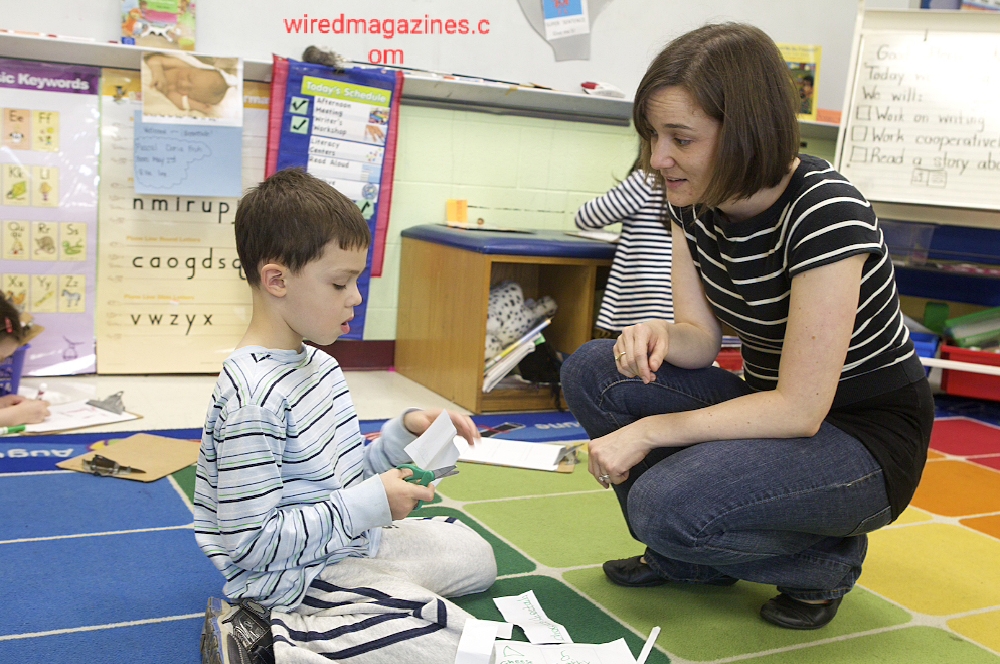In the realm of special education, acronyms often help condense complex ideas. One such term that arises frequently is SWD, which stands for Students With Disabilities. This acronym is used by educators, administrators, and support staff to identify and tailor educational services to meet the unique needs of students who require special accommodations or instruction.
Understanding the Acronym SWD
The term “SWD” encapsulates a wide range of learners who have diverse challenges that may impact their academic performance. These students qualify under specific criteria defined by federal and state education laws. While the acronym is concise, the needs of SWD are far from uniform.
The Role of SWD in Modern Education Systems
Education today champions inclusivity. Within this framework, SWD are not sidelined. Instead, they are recognized as integral members of the classroom environment. Schools are expected to provide equitable learning opportunities, and doing so begins by identifying and understanding what supports each SWD needs.
Legal Framework Surrounding SWD
Federal laws like the Individuals with Disabilities Education Act (IDEA) protect SWD rights. This legislation ensures that all children, regardless of disability, are entitled to a free and appropriate public education (FAPE).
Eligibility and Assessment Process
Before a child is designated as SWD, comprehensive evaluations are conducted. These include psychological testing, academic assessments, and input from educators and parents. The goal is to understand the child’s specific learning profile.
Types of Disabilities Commonly Included in SWD
The umbrella of SWD covers various categories:
Learning Disabilities
These include dyslexia, dysgraphia, and dyscalculia. Each affects reading, writing, or mathematical understanding, respectively.
Physical and Sensory Impairments
Students may have visual or hearing impairments or limited mobility. These challenges necessitate adaptive tools and environments.
Emotional and Behavioral Disorders
Conditions such as ADHD or anxiety disorders fall into this category. Addressing these needs involves behavioral support plans and therapeutic interventions.
Importance of Individualized Education Programs (IEPs)
IEPs serve as customized roadmaps for each SWD. These plans outline specific goals, teaching strategies, and necessary accommodations.
How IEPs Support SWD Students
Through clear goals and measurable outcomes, IEPs ensure accountability and growth. They focus on academic, behavioral, and sometimes even social development.
Team Involvement in IEP Creation
An IEP team typically includes special educators, classroom teachers, school psychologists, and the student’s parents. Their collaboration ensures a 360-degree view of the student’s needs.
Classroom Strategies for Teaching Students with Disabilities
Differentiated Instruction
This method tailors teaching styles and materials based on individual learning preferences, enhancing understanding and retention.
Assistive Technologies
From text-to-speech tools to adaptive keyboards, assistive tech empowers SWD to access curriculum effectively.
Teacher Training and Professional Development
Effective special education hinges on teacher expertise. Ongoing training enables educators to stay informed about evolving best practices and technologies.
Parental Involvement in Special Education
Parents play a pivotal role in supporting SWD. Their insights and advocacy often drive key decisions and interventions.
SWD and Inclusion in Mainstream Classrooms
Inclusion promotes social integration and academic growth. With proper supports, SWD thrive alongside their peers.
Challenges Faced by SWD Students
Despite progress, SWD may still encounter stigma, accessibility issues, or limited resources. Recognizing these barriers is the first step to dismantling them.
Support Services Available for SWD
Speech therapy, occupational therapy, counseling, and peer tutoring are just a few services that help SWD reach their potential.
Benefits of Understanding SWD for Educators and Parents
By grasping what SWD means and entails, educators and families can better support and advocate for each child’s needs and aspirations.
FAQs About What Does SWD Stand for in Special Education
Q1: What does SWD stand for in special education?
A1: SWD means “Students With Disabilities,” referring to children who require specialized instructional strategies or accommodations.
Q2: Who qualifies as an SWD?
A2: Any student diagnosed with a physical, cognitive, emotional, or developmental disability that impacts learning may qualify.
Q3: How is an SWD identified?
A3: Through evaluations involving teachers, specialists, and parents, based on legal criteria under IDEA.
Q4: Are SWD always placed in special classrooms?
A4: Not always. Many SWD learn in inclusive classrooms with accommodations.
Q5: What is the role of IEP in supporting SWD?
A5: IEPs outline tailored educational plans for SWD, helping meet academic and behavioral goals.
Q6: Can SWD succeed in general education settings?
A6: Absolutely. With proper support and inclusion strategies, SWD can excel alongside their peers.
Conclusion: Empowering Every Student Equitably
Understanding what does SWD stand for in special education is more than defining an acronym. It’s about embracing diversity in learning and ensuring that every child, regardless of ability, receives the support and respect they deserve. With collaboration, innovation, and compassion, education becomes a space where all learners can thrive.

Leave a Reply